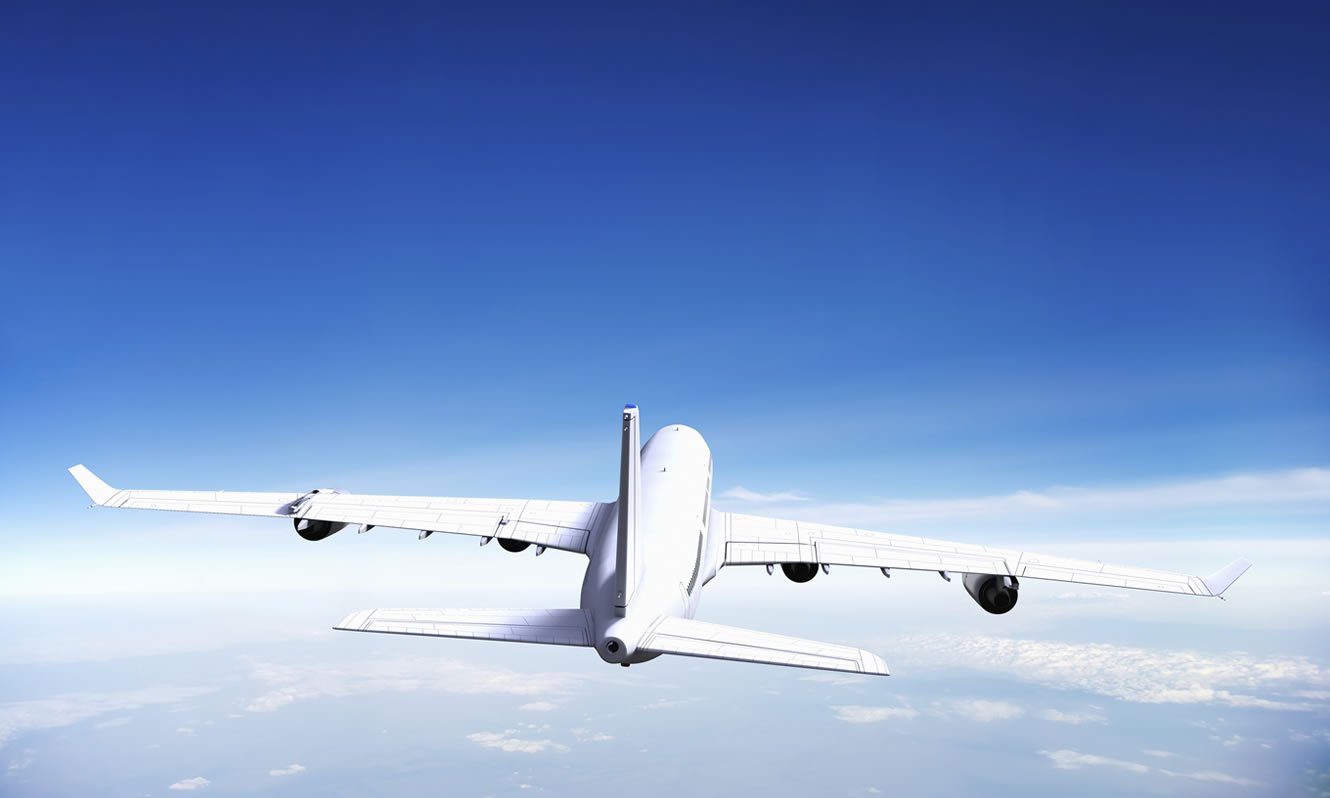

Airline Alliances (which are top ones)
- By Daniel K
- Travel Tips
- 16.08.2016
Cooperation seems to make business better and easier for many companies. Not everyone is aware that even airline carriers can cooperate to better service travellers. The cooperation of the various airline companies translated in the formation of airline alliances. These alliances bring both advantages and disadvantages, however it’s the traveler who will notice the disadvantages. There are 3 major airlines alliances: SkyTeam, Oneworld and Star Alliance, and passengers should learn more about each of them.
SkyTeam
Is the youngest airline alliance as it was founded in 2000, but also one of the most important of them. The alliance was born when Air France, Korean Air, Delta Air, and Aeromexico, decided to create a 3rd airline alliance. Despite being the youngest, it was a rather successful one, and it became the second largest alliance in the world, after Star. Currently there are 20 members that carry almost 620 million passengers per year in 177 countries. SkyTeam also runs a cargo alliance that was formed by eleven of the full members. The cargo alliance was formed by the cargo divisions of the founding carriers of the alliance. Those who fly often can obtain additional perks thanks to their membership tiers. Elite and Elite Plus are the premium tiers offered by the SkyTeam rewards program.
Oneworld
Oneworld was formed in 1998 by American Airlines, Canadian Airlines, British Airways, Qantas, and Cathay Pacific. This alliance officially launched one year later though. Since then, Canadian Airlines left the alliance and merged with Air Canada. Nowadays, there are 15 full members, and their fleet ensure 512 million annual passengers reach their destinations in 155 countries. If passengers have a frequent flier membership on any member airline then they might qualify for further perks during their next flight. There are three tiers offered by oneworld: Ruby, Sapphire, and Emerald. Ruby is the equivalent of a Silver tier in most airline reward systems.
Star Alliance
This is the oldest alliance, founded in 1997, and also the world’s largest when considering the number of passengers: well over 637 million per year. Presently, this alliance counts 27 members, but it started with just 5: Air Canada, Germany’s Lufthansa, Scandinavian Airlines, Thai Airways International, and US’ United Airlines. Throughout the years various other carriers joined and then left the alliance, all due to diverse reasons. All the planes in the fleet of the carrier members carry the Star Alliance logo. Its fleet counts 4000 aircrafts that take travelers in 194 countries and to over 1000 airports. Maintaining the tradition with the rewards system, the alliance has one as well. The rewards one receives in this program depends greatly on the rewards they earn on the airline they fly the most. All future travelers should know that all members of this alliance have a codeshare policy.
Passengers are advised to book tickets on airlines that are members of the same alliance because airport transfers will be easier. The transfers are possible thanks to the co-location option each alliance has access to. Usually combined ticket offices and check-in points are also available - these aspects shortens the time needed by a person to transfer from one flight to the other.